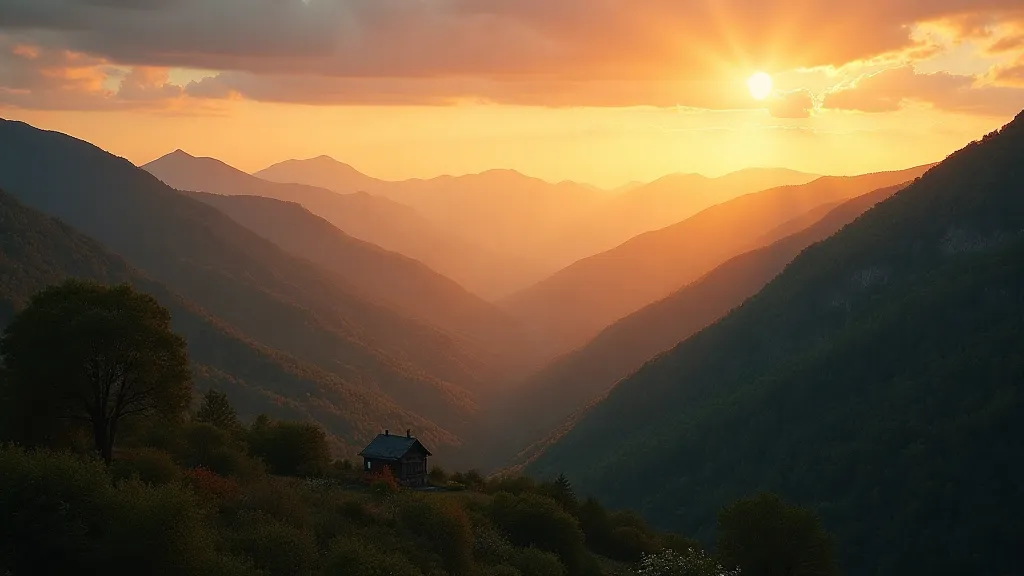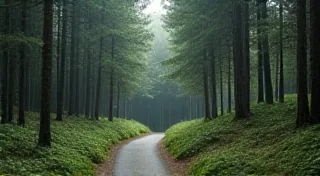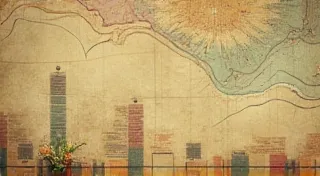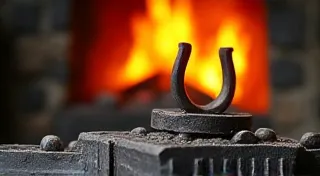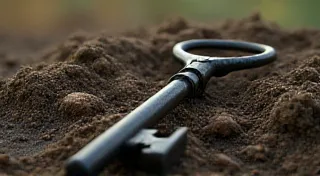The Cartographer’s Quill: Mapping the Edges of Dialectal Drift
Imagine the Appalachian Mountains not just as a geographical landscape, but as a linguistic archipelago. For centuries, these peaks and valleys fostered a vibrant tapestry of dialects, each community possessing its own particular cadence, its own lexicon of words echoing stories and traditions passed down through generations. These weren’t merely variations on English; they were independent branches of a linguistic tree, rooted deep in history and nourished by isolation. But like all things living, these dialects are shifting, changing, and, tragically, fading. My grandfather, Silas, used to say, "Words are like the creek rocks, smooth and worn by the flow of time." He was right. And the flow is accelerating.
I remember sitting on his porch as a boy, listening to him tell stories. It wasn't just the content of the tales that captivated me, it was *how* he told them. The rhythm of his speech, the unusual word choices… I didn’t understand everything, but I felt a deep connection to it. He's gone now, but I hold onto those memories like treasured heirlooms. Silas was a craftsman, too. He built furniture, repaired fences, and always had a project on the go. There was a similar patience and dedication in his speech – a deliberate care for each word, each phrase. That same care seems to be eroding from the language itself.
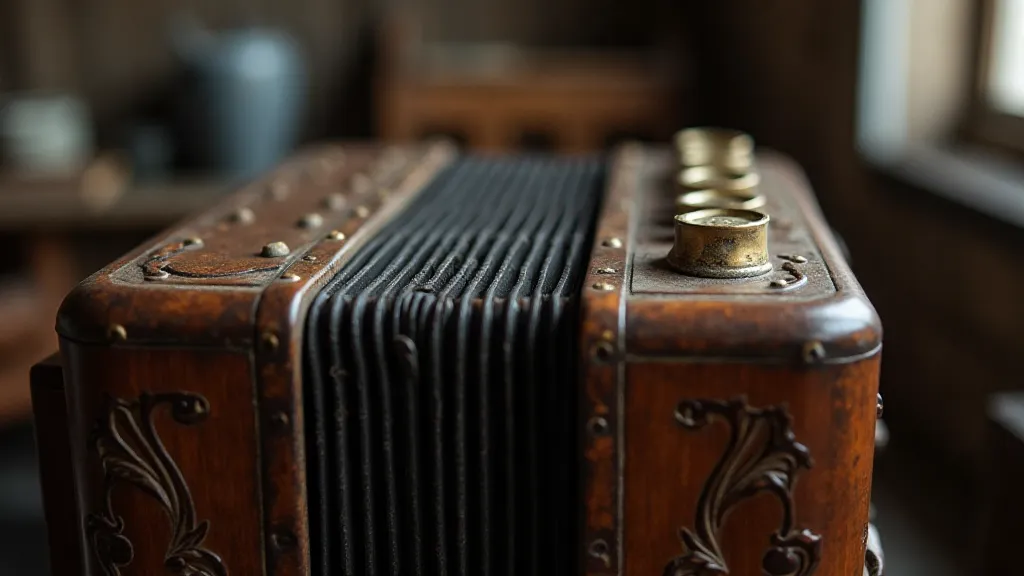
The Echoes of the Past: Historical Context
The Appalachian dialects didn't emerge in a vacuum. They're a fascinating blend of influences – early settlers from various parts of England, Scotland, Ireland, and even Germanic regions. The geographic isolation, exacerbated by the rugged terrain, served as a linguistic incubator. These communities were largely self-sufficient, relying on oral traditions for knowledge and entertainment. Printed materials were scarce, so language evolved organically, resisting standardization. Words drifted in from the British Isles, retaining archaic forms and pronunciations that had long vanished from England. Consider "holler," a word for a small valley, derived from the Old English “holl,” meaning a depression or hollow. Or "afeared," a contraction of “afraid,” a usage common in the southern dialects but largely absent elsewhere. These aren’t just quaint peculiarities; they are linguistic time capsules, offering a glimpse into the language of our ancestors.
The 19th century saw waves of migration to the Appalachian region, further complicating the linguistic landscape. These newcomers brought their own dialects, which mingled with the existing ones, creating even more localized variations. However, the rise of mass media – radio, television, and eventually the internet – began to exert a powerful homogenizing force. Standard American English, broadcast from distant cities, became the dominant linguistic model, especially among younger generations.
Where the Old Words Still Hold
Today, the strongholds of traditional Appalachian dialect are shrinking. The most striking features – the archaic vocabulary, the unique grammatical structures, the distinctive pronunciation – are largely confined to older generations and isolated rural communities. But they haven’t disappeared entirely. There are still pockets – particularly in the older, more remote areas of West Virginia, Kentucky, Tennessee, and North Carolina – where you can hear the echoes of the past.
Specifically, areas with limited access to education and media tend to retain more of the older forms. For example, the “a-” prefixing of verbs – “I’m a-going” instead of “I’m going” – is still fairly common in some pockets of Eastern Kentucky. The use of "reckon" as a synonym for "think" is another marker of a more traditional dialect, though increasingly rare. Even subtle differences in vowel pronunciation – the way the “ou” in “house” or “about” is pronounced – can be telltale signs of a speaker’s Appalachian heritage. Identifying these markers is like tracing the contours of a fading map.
I recently spoke with a woman named Martha, who lives deep in the mountains of Eastern Tennessee. She’s in her eighties, and her speech is a veritable treasure trove of archaic expressions. She used the word "cipher" meaning "to understand," something I hadn't heard in years. She described a particularly harsh winter as "right bitter," a phrase that immediately transported me back to my grandfather's stories. She lamented, "The young folks, they don’t talk like we do anymore. They hear it on the TV." Her sadness was palpable.
The Art of Preservation – A Craft Like Any Other
Just as a skilled artisan can restore an antique chair, preserving its original beauty and integrity, there's a similar imperative to preserve these dying dialects. It's not about halting linguistic evolution – language is, by its very nature, dynamic. It's about documenting and celebrating the richness and diversity of Appalachian speech before it's lost forever. This is an undertaking that requires sensitivity and respect, recognizing that language is deeply intertwined with identity and cultural heritage.
There are ongoing efforts to record and archive Appalachian dialects, spearheaded by linguists, folklorists, and community organizations. Oral history projects, storytelling festivals, and community-based language classes all play a vital role in keeping the flame alive. Just as a craftsman carefully examines each piece of wood, a linguist meticulously analyzes each word, each grammatical structure, to understand the nuances of Appalachian speech.
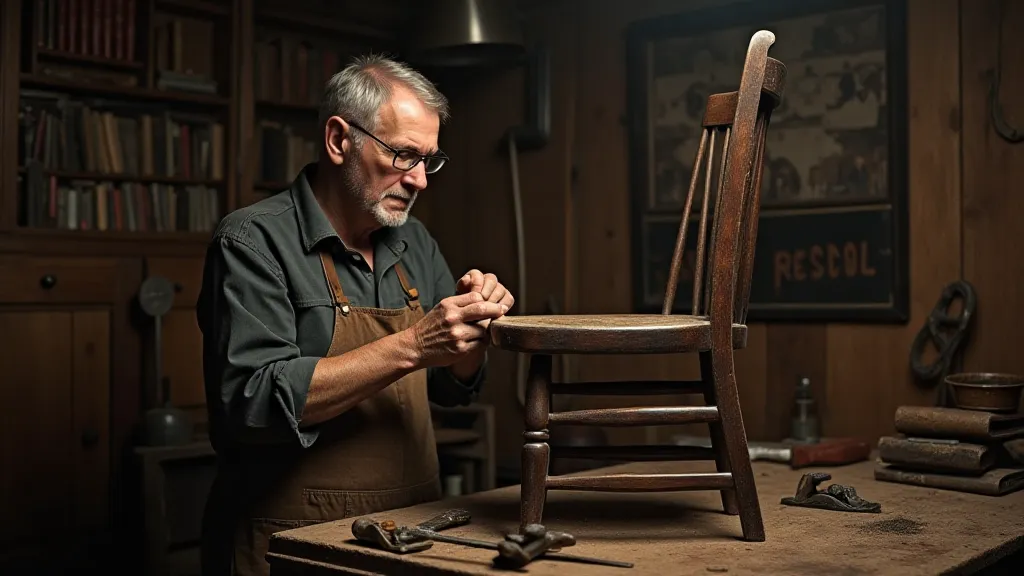
The Future of a Legacy
The gradual merging of Appalachian dialects with broader American English is an inevitable consequence of globalization and cultural exchange. Yet, it’s a loss that deserves to be acknowledged and mourned. Like the intricate carvings on an antique accordion, these linguistic features are testament to the ingenuity, resilience, and unique cultural identity of the Appalachian people.
While the days of a purely Appalachian dialect may be numbered, the memory of these words, these phrases, these rhythms, can live on. By actively listening, documenting, and celebrating this linguistic heritage, we can ensure that the echoes of the past continue to resonate for generations to come. And perhaps, in some small way, we can inspire a renewed appreciation for the richness and diversity of the human language – a language as varied and beautiful as the Appalachian Mountains themselves.
My grandfather used to say, "Everything changes, but the heart of the mountains stays the same." I hope the heart of the language can endure, too, even as the words themselves evolve. It's a legacy worth preserving, a craft worth nurturing, a story worth telling.
